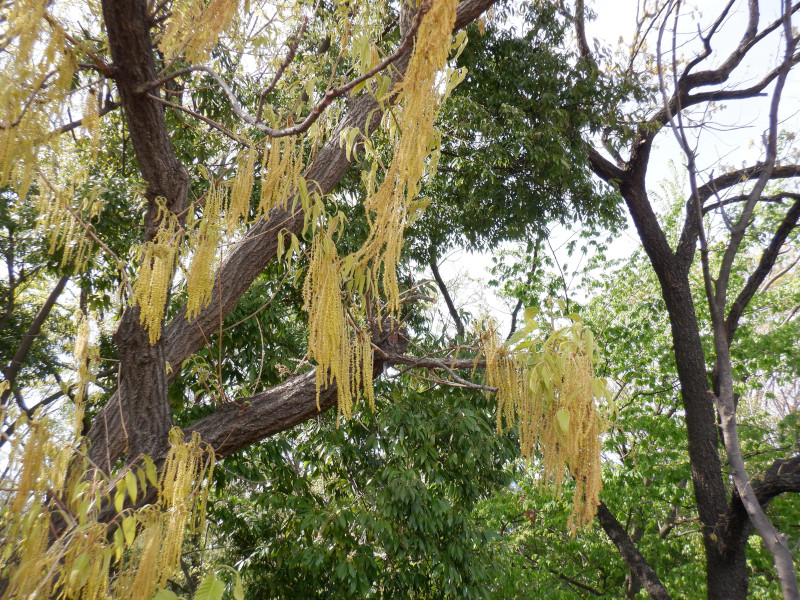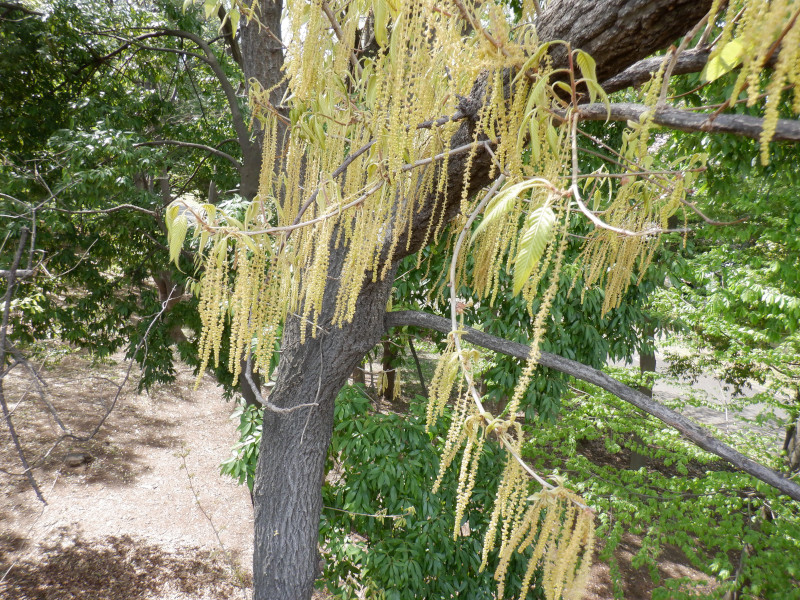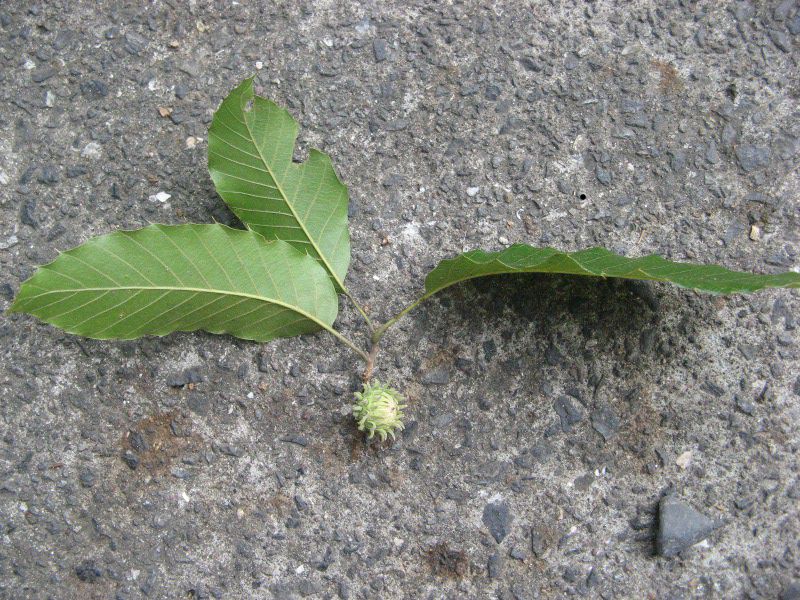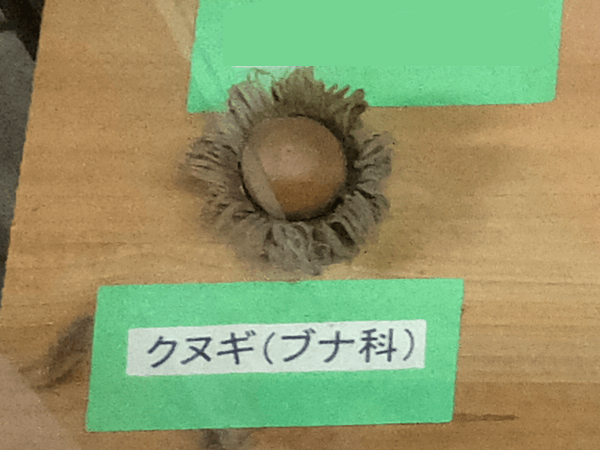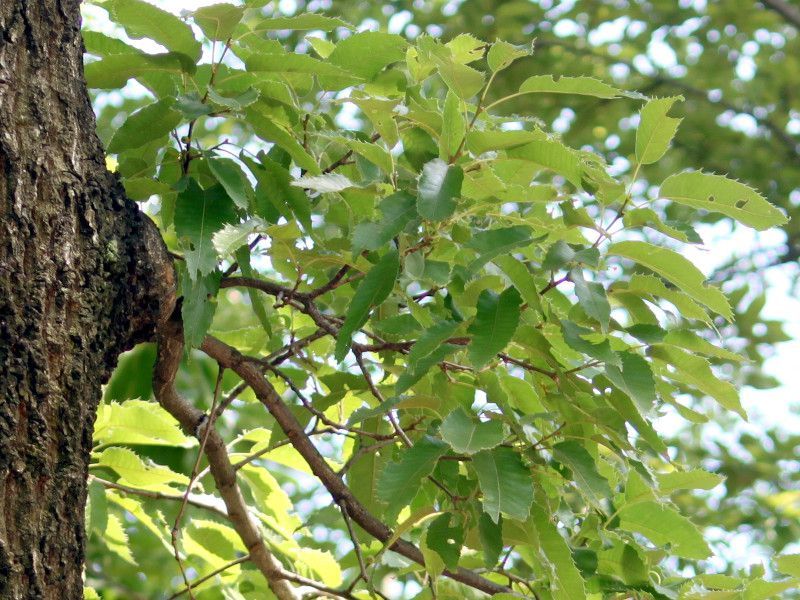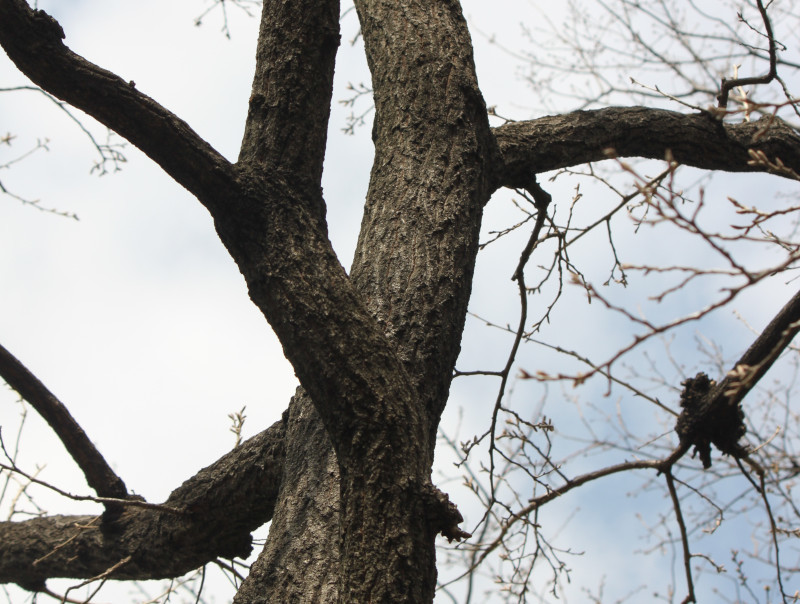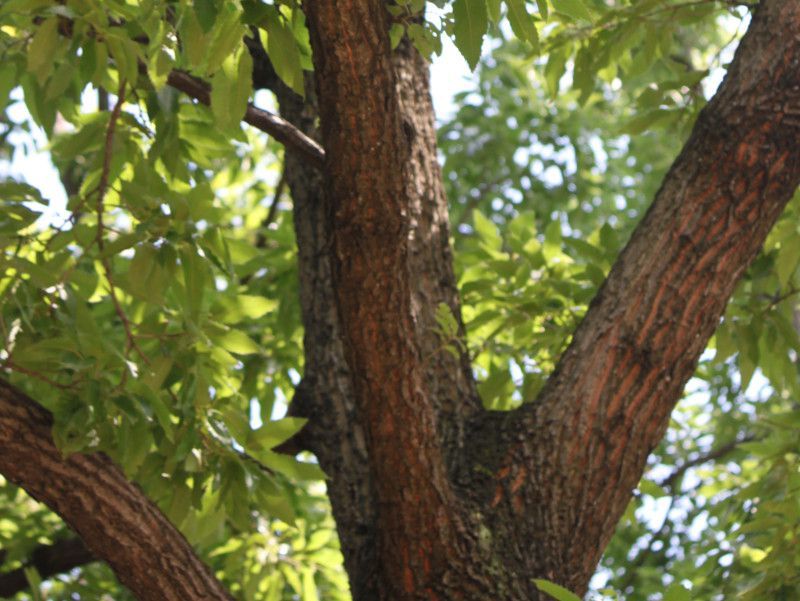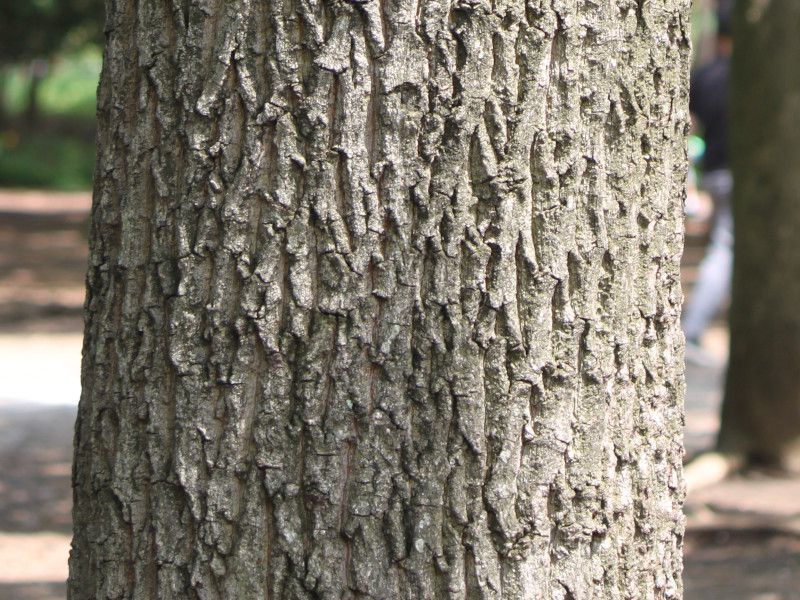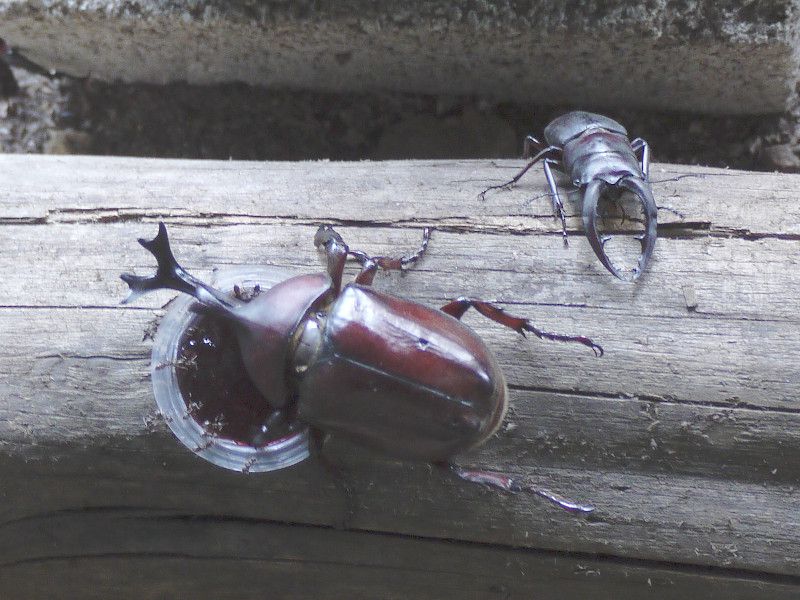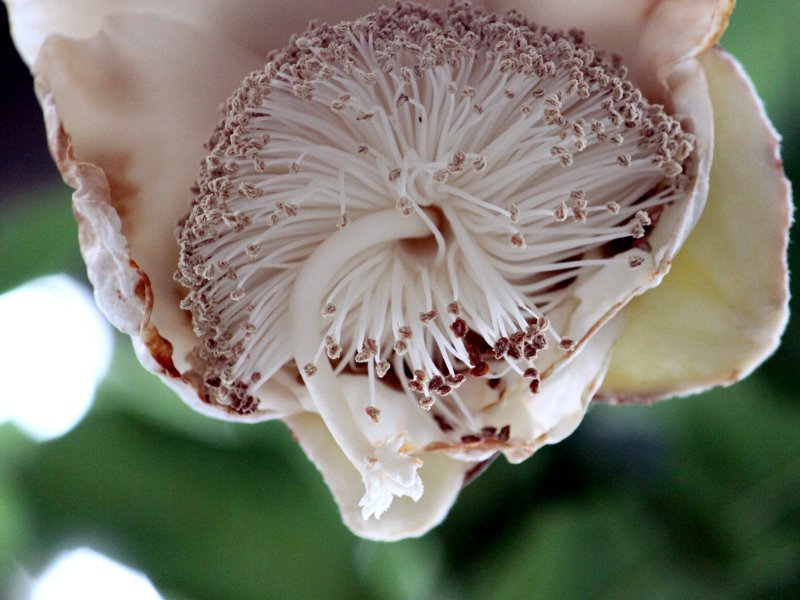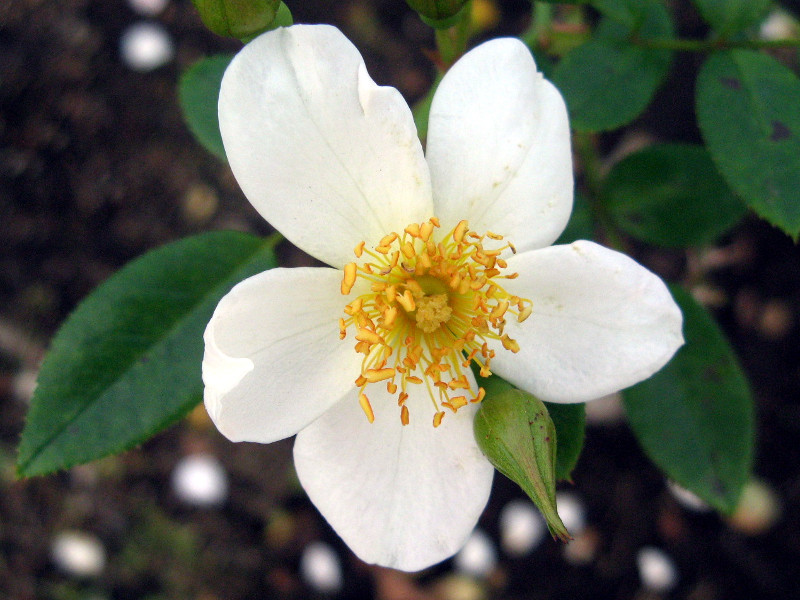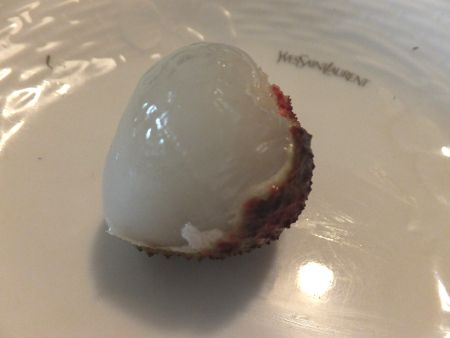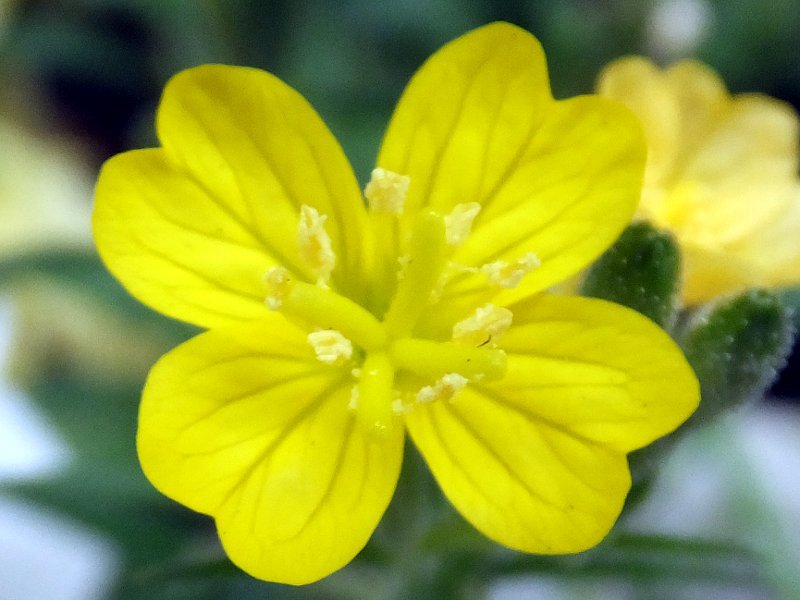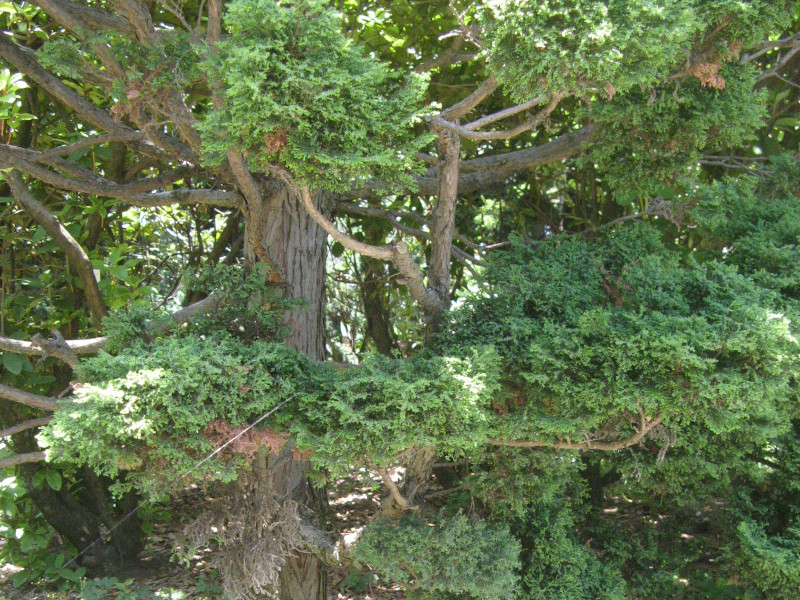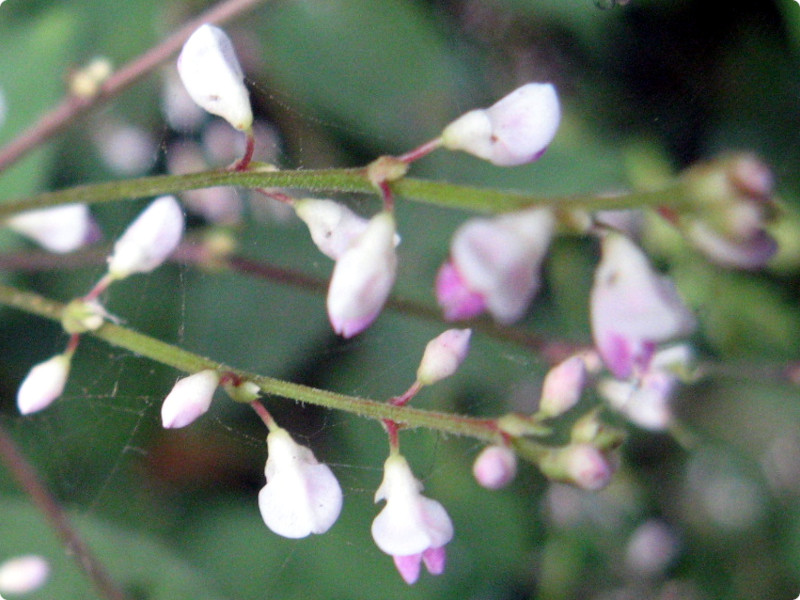Sawtooth oak
- Flower nameSawtooth oak
- Scientific nameQuercus acutissima
- Aliasツルバミ, 橡, Quercus acutissima, Sawtooth, ツルバ, King of Oak
- Place of originJapan to East Asia
- Place of floweringLow mountains
- Flowering seasonApril, May
What is Sawtooth oak
Sawtooth oak or Quercus acutissima (scientific name: Quercus acutissima) is native to Japan and East Asia, and is a deciduous broad-leaved tree in the family Fagaceae. It is a fast-growing tree that forms asatoyama landscape and has long been useful for people's livelihood. The tree is an upright tree with a thick, grayish-brown cork-like bark with many uneven vertical fissures. The fruit is a large acorn, and its cap and bark provide a greenish-blue dye for the crane.
Common name: Quercus acutissima, scientific name: Quercus acutissima, Also known as: Sawtooth Oak, Place of Origin: Japan to East Asia, Environment: Mountains and fields, Living type: deciduous broadleaf tree, tree height: 15 to 20 m, Stem: upright; Bark: dark brown gray, thick corked with uneven vertical fissures; Leaves: oblong lanceolate, pointed
Leaves: thin and hard with a shiny surface, Foliage color: green to brownish yellow (not ornamental), Leaf margin: serrated, Phloem: alternate, Male flowers: 10 cm long, tufted, with yellow-green corm-like inflorescence, Female flowers: one to three small, inconspicuous red flowers in the leaf axils; female flowers, Flowering season: April to May, Fruiting season: Autumn of the following year; fruit: acorn, hard nut, Fruit shape: spherical, half enclosed in a funnel, Acorn diameter: 2 cm, large, Acorn cap (hull doule): bowl-shaped, with thin, pointed and warped scales, Fruit: astringent, must be drained of lye if eaten, Applications: satoyama landscape, bark - herbal medicine, dye (dark blue), Husk Dye, Wood: Construction and apparatus materials, Ship and vehicle materials, Wood and charcoal, Shiitake wood (kindling),
Leaves - silkworm farming, humus, fruit (acorns) - bird food, Children's playthings, sap - insect collection, remarks: wood is fast growing (10 years), Wind-borne flowers.

